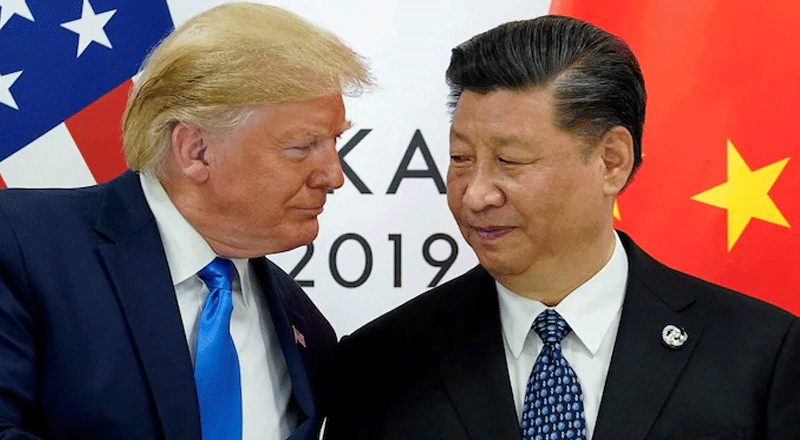The future looks bleak for war-weary Ukraine: It is beset by shortages in soldiers and ammunition, as well as doubts about the supply of Western aid. Ukrainian forces also face a Russian enemy that has recently seized the initiative on the battlefield. Two years after Russia’s full-scale invasion captured nearly a quarter of the country, the stakes could not be higher for Kyiv. After a string of victories in the first year of the war, fortunes have turned for the Ukrainian military, which is dug in, outgunned and outnumbered against a more powerful opponent.
As the war enters its third year, here is a look at the situation on the ground, the challenges ahead and some of the potential consequences if Ukraine does not acquire the people, ammunition and assistance it needs to sustain the fight.
Triumphs have turned to attrition for Ukraine along the snaking front line in the country’s east. With Russia gaining advantages, shortages mounting and a major military shake-up still fresh, questions abound about whether Kyiv can keep going. “As things stand, neither side has won. Neither side has lost. Neither side is anywhere near giving up. And both sides have pretty much exhausted the manpower and equipment that they started the war with,” said General Richard Barrons, a British military officer who is co-chair of a defence consultancy.
Ukraine suffered setbacks after the much-anticipated summer counteroffensive failed to produce any breakthroughs. The armed forces switched to a defensive posture in the fall to repel new advances from Moscow. On February 17, Russian forces took control of the embattled city of Avdiivka, where Kyiv’s troops were under constant fire with Russians approaching from three directions. Ukrainian commanders had complained for weeks of personnel and ammunition shortages.
Without more soldiers, Ukraine’s defensive lines will be overstretched and more vulnerable to Russian attack, especially if Moscow launches intense multi-pronged assaults along the 1,000-kilometer (620-mile) front line. The Ukrainian military has an average personnel shortage of 25% across brigades, according to lawmakers. Military commanders are unable to give their soldiers enough rest, and Russia has recently increased the tempo of attacks. As a result, soldiers are tired — and more easily injured — exacerbating the effects of the shortage.

Ukraine’s military command has said 4,50,000 to 5,00,000 additional recruits are needed for the next phase of the war. Even if Ukraine succeeds in mobilizing that number, which is unlikely, it still would not be able to match the manpower of Russia, which has more than three times Ukraine’s population. Lawmakers have spent months mulling over a controversial proposal to increase the conscription pool, as many Ukrainian men continue to evade the war in Ukrainian cities.
Commanders say they don’t have enough men to dig trenches or carry out offensive operations. Shortages have also required them to switch tactics and focus on preserving the lives of the soldiers they do have, sometimes at the expense of holding territory.
What about weapons and ammunition?
If they continue, ammunition shortages will jeopardize Ukraine’s ability to hold territory and keep soldiers alive. Military leaders appear to be rationing shells, sending trickles of ammunition to firing positions to preserve stockpiles, while promises for more ammunition from Western allies have gone unfulfilled. The European Union failed on its promise to deliver 1 million rounds by the start of the year, delivering only a few hundred thousand.
Ukraine is reliant on Western allies and international organisations not just for military aid but also for financial support and humanitarian help. Without Western assistance, Ukraine will not have the weapons, ammunition and training it needs to sustain the war effort, nor will it be able to keep its battered economy afloat or reach Ukrainians trapped in the crossfire of battles. Between divisions about the future of aid within the EU and $60 billion in military aid languishing in the United States Congress, Western countries have not been as forthcoming with money this year.
Kyiv breathed a sigh of relief in February when the EU approved extending a 50-billion-euro ($54-billion) aid package for Ukraine after resistance from Hungary. That money is meant to support the economy and rebuild the country, not to fight Russia.
But it’s the US funding that many Ukrainian leaders are waiting for. The funds will enable Ukraine to purchase weapons and equipment from American firms, access more military training and intelligence sharing, and bolster air and sea defences. The money will also provide direct budget support for Kyiv. Ukrainian leaders also need Western help to cover the salaries of public servants and medical workers.
On the humanitarian side, the United Nations and its partner agencies said if an appeal for $3.1 billion in new funding for the year is not fulfilled, the UN won’t be able to meet the basic needs of 8.5 million Ukrainians living on the front line.
(With inputs from agency)





